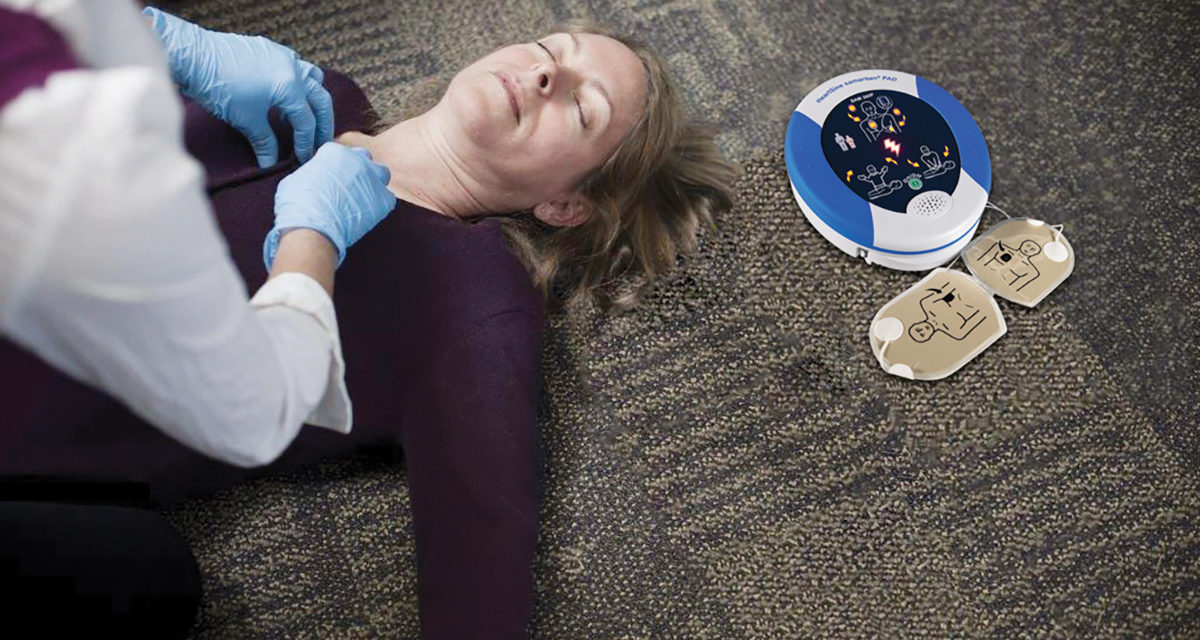There are many factors to consider when evaluating the AED preparedness of your community. Given the life-saving ability of these crucial devices, it is important to understand all aspects of implementation, including functionality and placement, to make sure you are prepared when a critical situation arises. Below are four questions to ask as you research AEDs for your community.
What functionalities does the AED offer?
While all AEDs analyze cardiac rhythm, there are slight variations in what different models offer in terms of efficacy. Some options include fully automatic shock delivery as well as real-time visual and verbal guidance during CPR rescue to improve delivery. Others remain more manual in their approach. Choose a model that caters to the needs of your staff and procedures.
Once purchased, one of the most important needs is the ability to practice using the AED. Quality of rescue and chances of survival dramatically improves with the ability to train staff and practice with the unit itself. If practice mode is not a function, look for practice devices and manufacturer training in-services to prepare your caretakers.
What kind of maintenance does it require?
All AEDs require regular inspections to ensure the battery is working, the pads are not expired and all necessary supplies are accounted for. Follow your AED policy and manufacturer’s instructions to determine what checks should be done daily, weekly, or monthly. All AED manufacturers require that you replace the pads and batteries after the AED is used.
When not used in an event, batteries and pads have a “use by” date that normally lasts two to three years. Consider AED models that integrate batteries and pads into a single-use cartridge with one expiration date, leaving you with less to worry about.
What is the total cost of ownership?
When examining the price of these units, it is a common mistake to focus solely on the initial cost. Batteries and pads are essential for AEDs to function and remember that they need to be replaced after every use, or when they expire, whichever comes first. While the entry cost of some AED units is low, these replacements can add up. Factor these added purchases into your decision.
How many do I need, and where should they go?
According to the American Heart Association, for every minute a defibrillator is not used, the victim’s rate of survival decreases by 10% – AEDs should be placed within 3 minutes of any location in your community, allowing 1.5 minutes to get to the device and 1.5 minutes to get back at a brisk walking pace. Take into account the obstacles and paths a staff member must navigate, including security doorways and stairwells that may slow them down. The layout of your community will dictate the number of AEDs that you need.
AEDs must be visible and and not tampered with. We strongly recommend cabinets with sounding alarms and wall signage to alert responders to the location of the AED. Out of sight is out of mind, so keep these devices noticeable, especially in high-risk areas like rehabilitation gyms. And remember, AEDs are not just for residents. Family, guests, visitors and staff may also benefit from this life-saving device.



